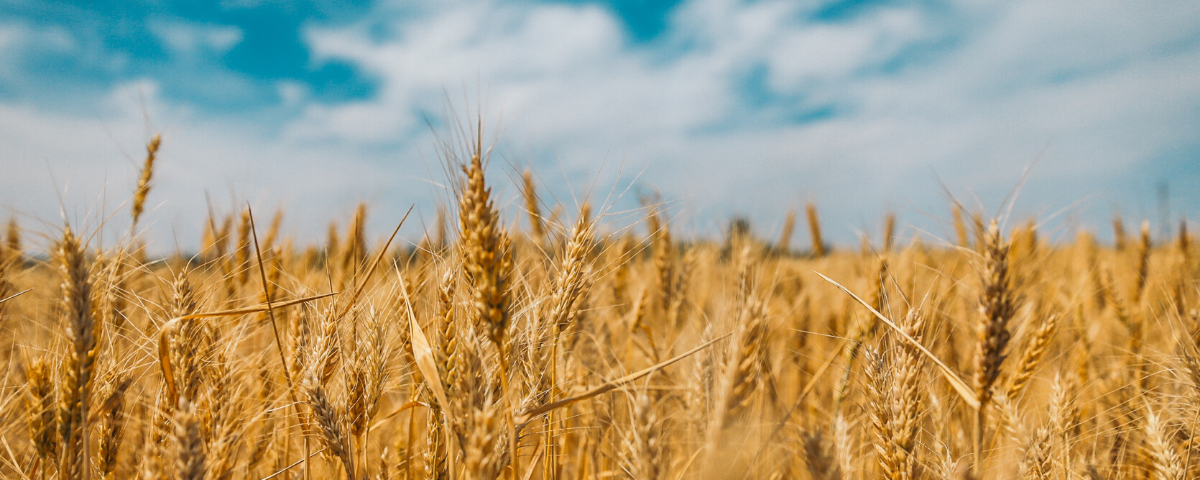
Flour & Grain Products – Shelf Life Guide during the current wet and high humidity conditions
March 2, 2020
Self-Rising Crunchy Sugar Cookies
April 9, 2020Stockfeed Shelf Life Guide during the current wet & humid conditions

Animal feeds (just like human foods) consist of natural ingredients that deteriorate over time. They can be hygroscopic which means they are likely to absorb and release moisture as the surrounding atmosphere changes.
This can cause the product to bind or lump together during storage which will change the appearance of the product. Similarly, these stockfeed products may absorb moisture from the atmosphere and show signs of mould and care should be taken with their use in much the same way as flour in an opened container or opened breakfast cereal can deteriorate.
These are natural phenomena and despite the best manufacturing practices and storage conditions deterioration will still occur.
Due to these natural factors the shelf life of these products is not unlimited or guaranteed. This is especially the case during the current period of ongoing wet and humid conditions over much of eastern Australia where product shelf life may be drastically reduced. Under the current situation therefore correct storage and effective stock rotation is even more critical to obtaining the best shelf life possible.
To assist in reducing the risk of deterioration we recommend the following:
- Remove pallet wrapping as soon as practical after receipt of the product. This will minimise possible sweating which may occur if the wrap which doesn’t breathe is not removed.
- Store the product in an enclosed area – heating & cooling due to exposure to direct sunlight will lead to increased rate of nutrient deterioration, and more importantly sweating inside the bags which can accelerate mould development.
- All sheds should be well ventilated. Sealed sheds can lead to increased temperatures and high humidity which will increase feed deterioration.
- Store product up off the ground on a pallet or racking in a shed with a concrete floor. Water should never pool under pallets.
- Dirt floors are not recommended as they may lead to bagged product naturally absorbing moisture.
- Avoid storage against shed walls where constant temperature variation can occur. This is especially evident against north facing walls where temperature fluctuation between day and night is common.
- It is essential to ensure old stock is used first. Under the current wet conditions it is important to minimise stock levels so that the potential for deterioration is minimised wherever possible.
- Do not leave pallets of feed without routine inspection for prolonged periods. Under the current conditions storage locations which may though ideal normally may be less so under these high humidity conditions.
For further information or assistance, please contact our Service department on 1800 684 343.




